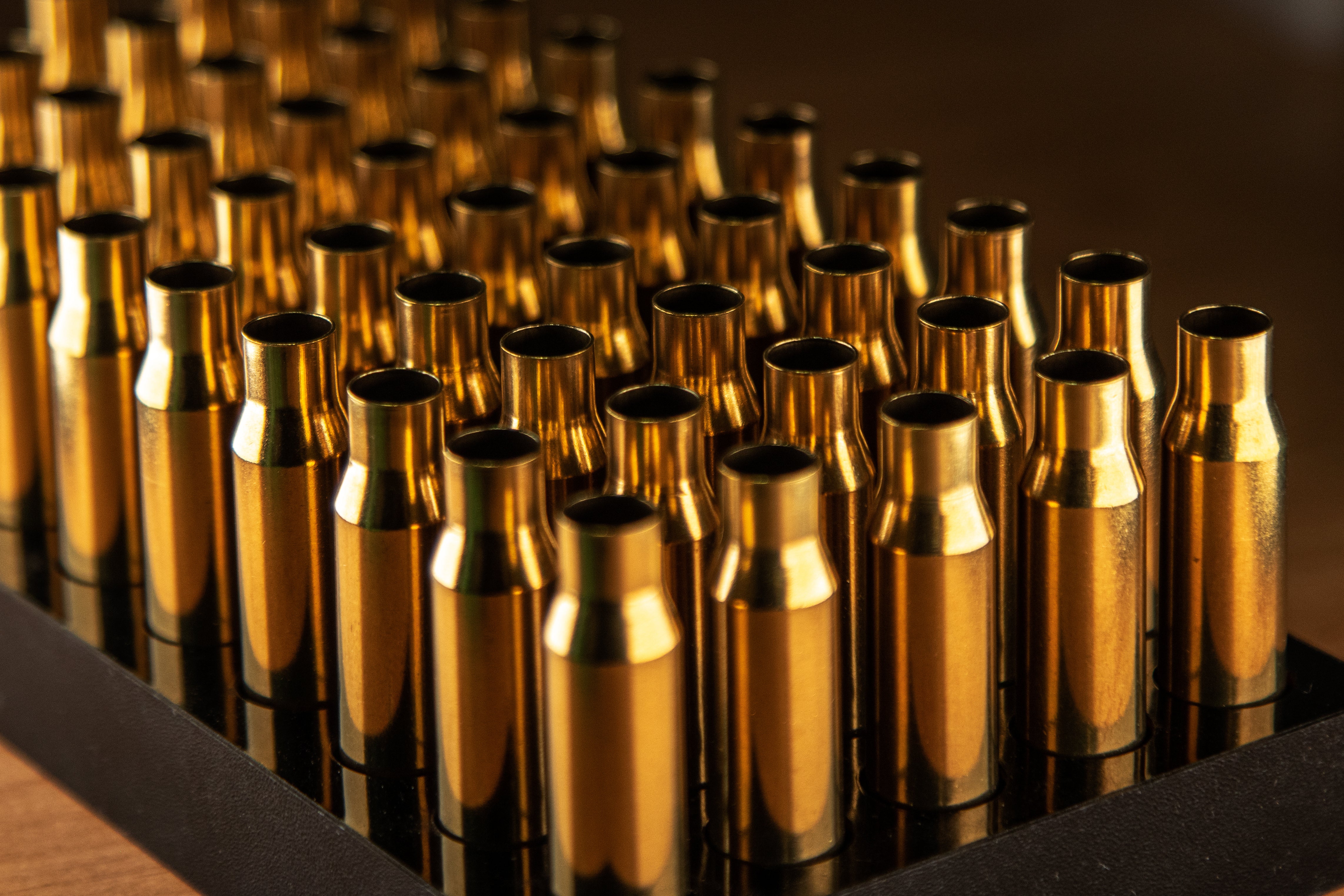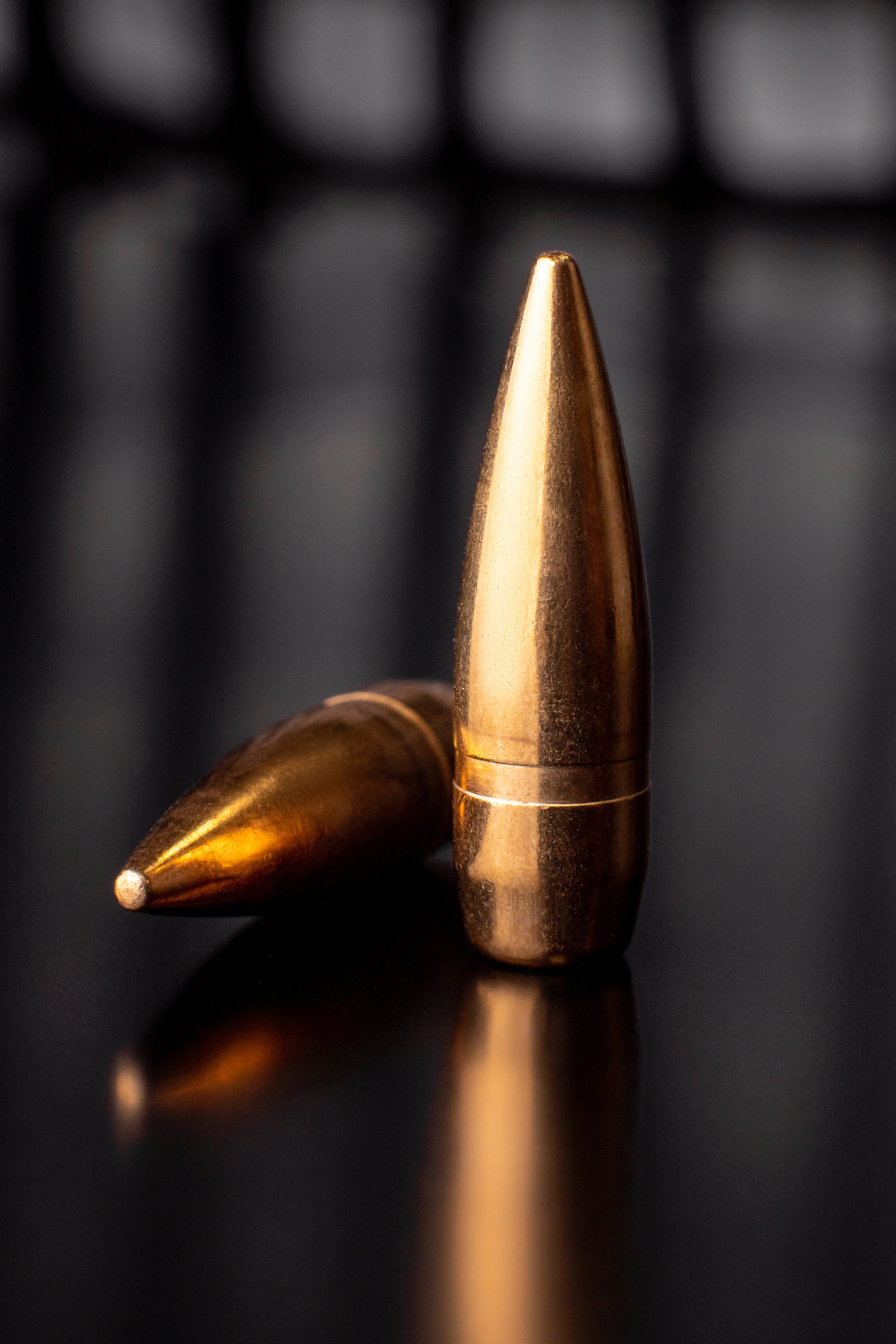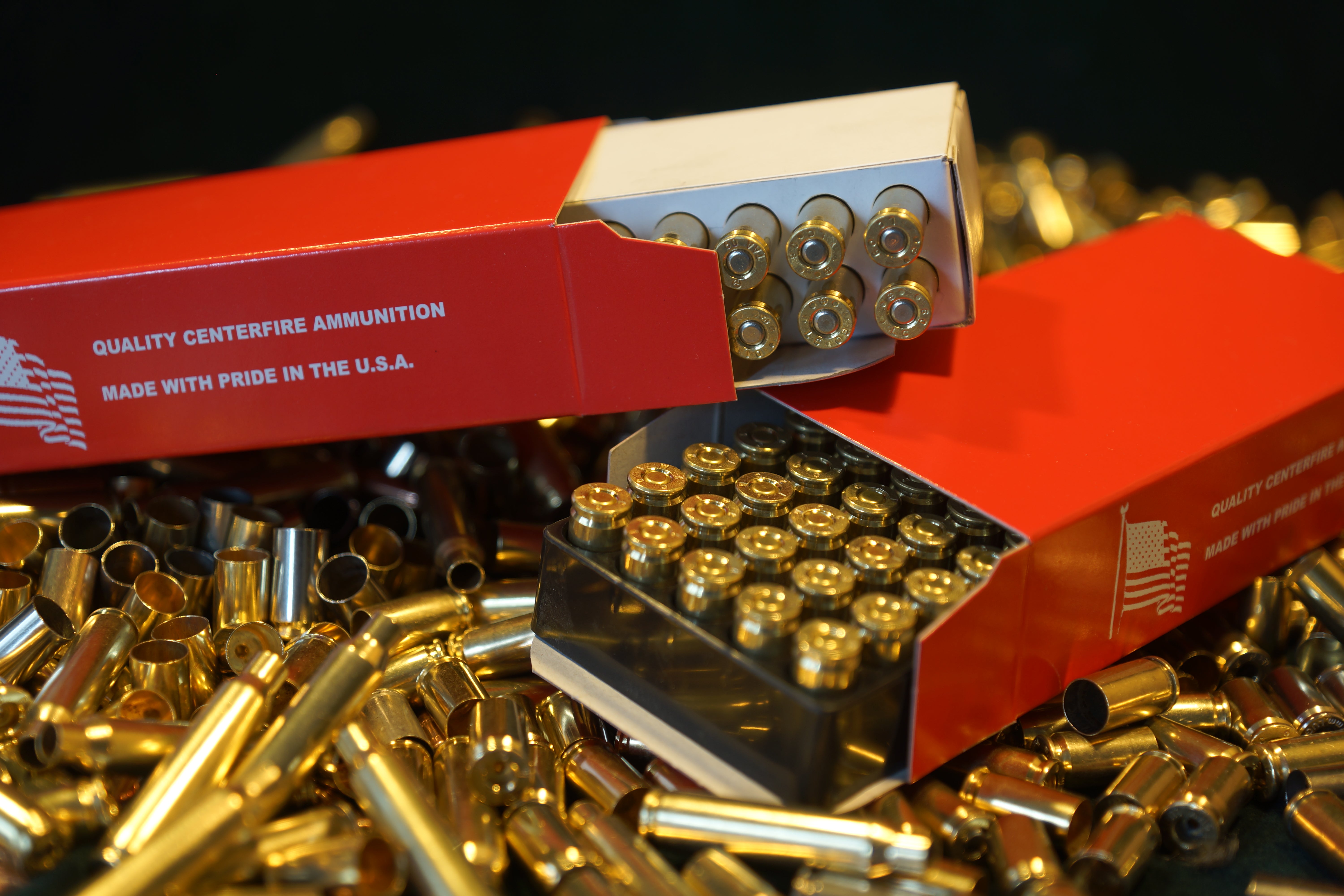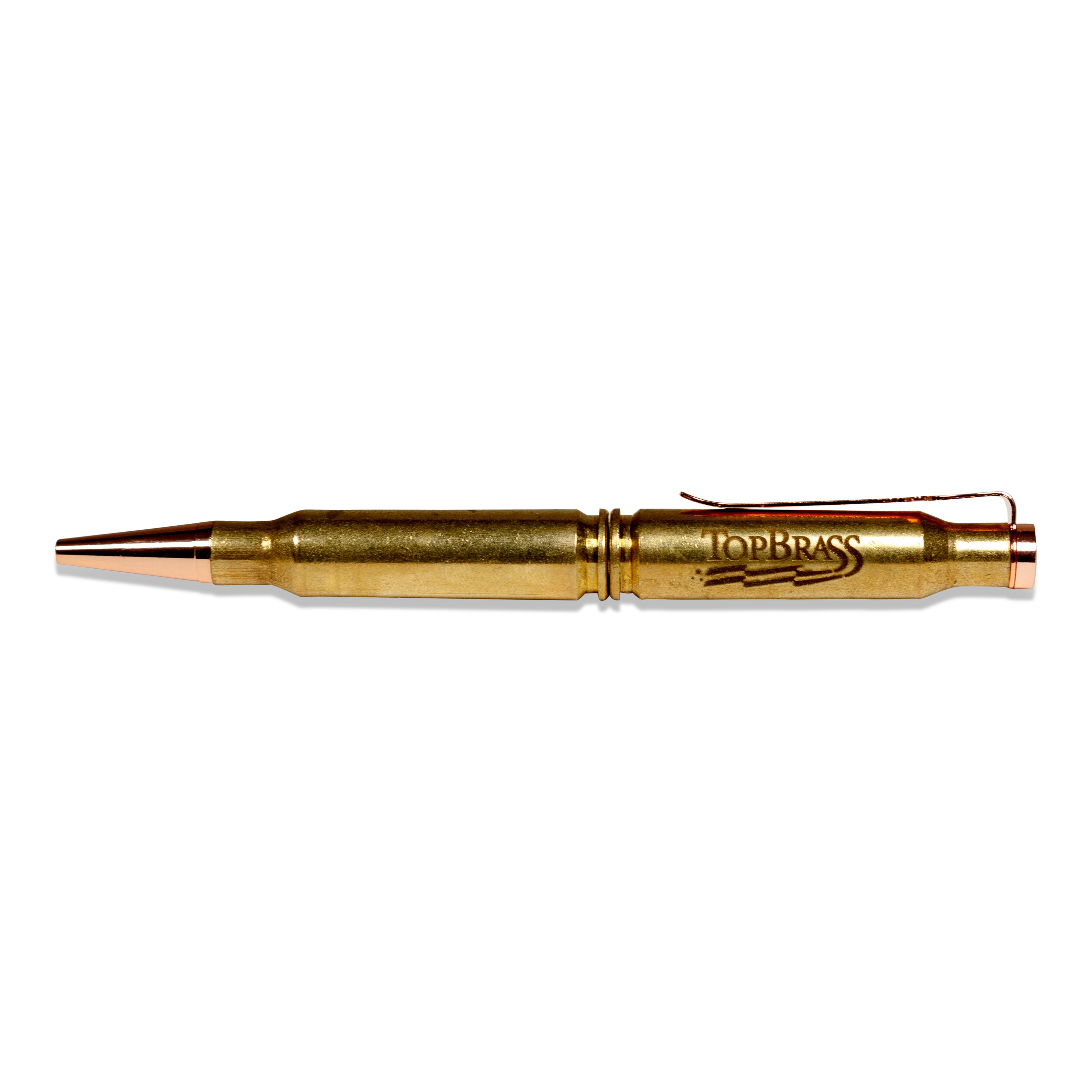Menu
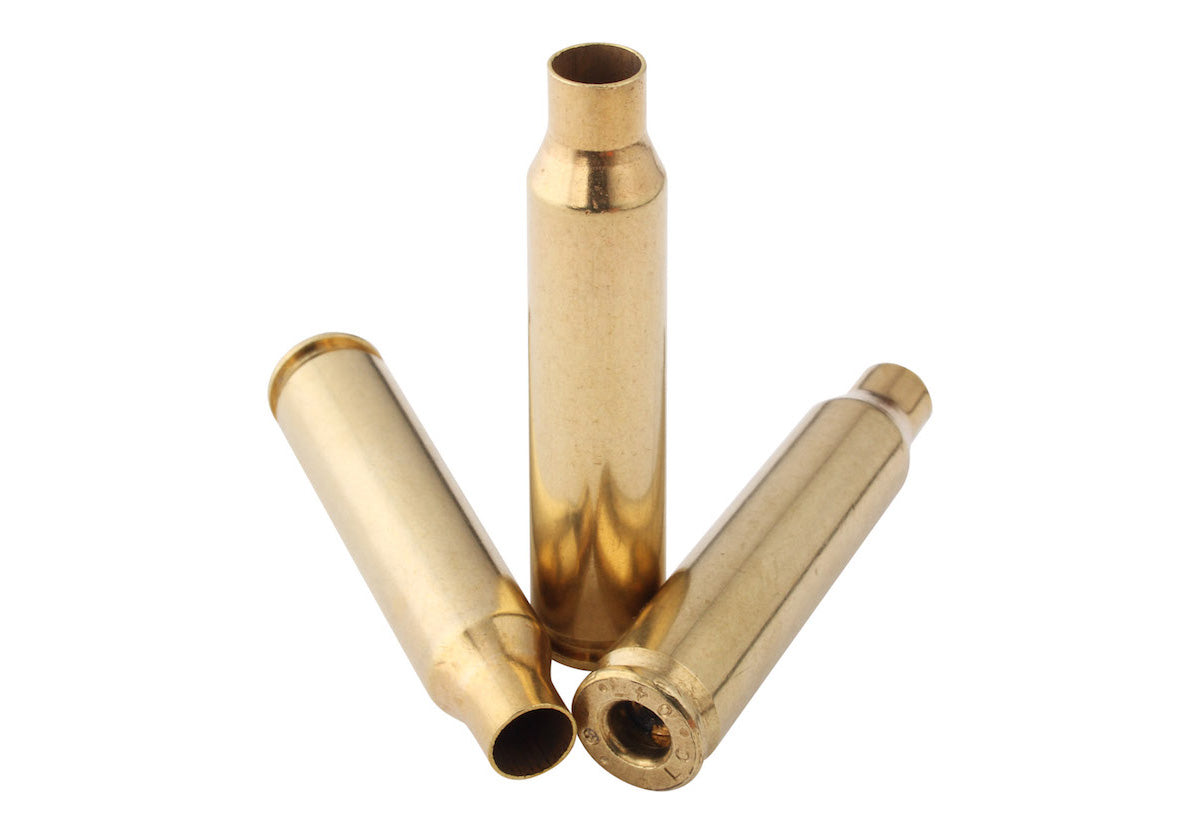
.223 Remington vs. 5.56 NATO - What’s the Difference?
Case cartridges for the 5.56 NATO (5.56 x 45 mm) and the .223 Remington are very similar. For all practical purposes, the external dimensions are identical, and one can effectively say that there exists no difference between the two. Both are designed to accommodate a .224 inch (5.56 mm) bullet between 40 to 85 grains, and both offer fairly equal performance in range and accuracy.
From an internal standpoint, however, there are some differences to be aware of – most notably, the case capacity. Simply put, the 5.56 case has thicker brass walls to handle higher pressures and, therefore, has less interior volume than the .223 case. This is especially important to reloaders because the powder loads are affected by these different case capacities. Always check your Reloader’s Guide when preparing these cases. There is a difference.
Beyond the interior case capacity, the significant difference between the 5.56 NATO and the .223 Remington case cartridges is found in the barrel chambers in which they are used. Although both rounds will fit into barrel chambers designed for either cartridge, the leade for each is very different.
The leade of a barrel is the area in front of the chamber, but before where the rifling begins. For the .223 Remington, the leade specification (SAAMI) is 0.085 inches. For the 5.56, the leade specification (SAAMI) is 0.162 inches, or, almost double. This difference is notable.
Because standard 5.56 NATO rounds are produced with higher pressure loads, if it’s fired in a rifle designed for a .223 Remington, the shorter leade in the .223 Remington chamber will further increase the pressure – potentially to an unsafe level. Additionally, manufactured 5.56 rounds are made for the longer leade and, therefore, may have the bullet seated differently. If the bullet from a 5.56 makes contact with the rifling in a chamber designed for a .223 Remington prior to being fired, this too can cause unwanted pressure increases.
Conversely -- firing a .223 Remington round through a 5.56 chamber -- is fine, however, the ballistics of the bullet may be affected through a lower velocity. In summary, the 5.56 NATO case cartridge and the .223 Remington case cartridge are interchangeable.
Nevertheless, reloaders need to be aware of the powder loads and bullet seating that will correctly accommodate the chamber of the rounds they’re being prepared for.
- Choosing a selection results in a full page refresh.

